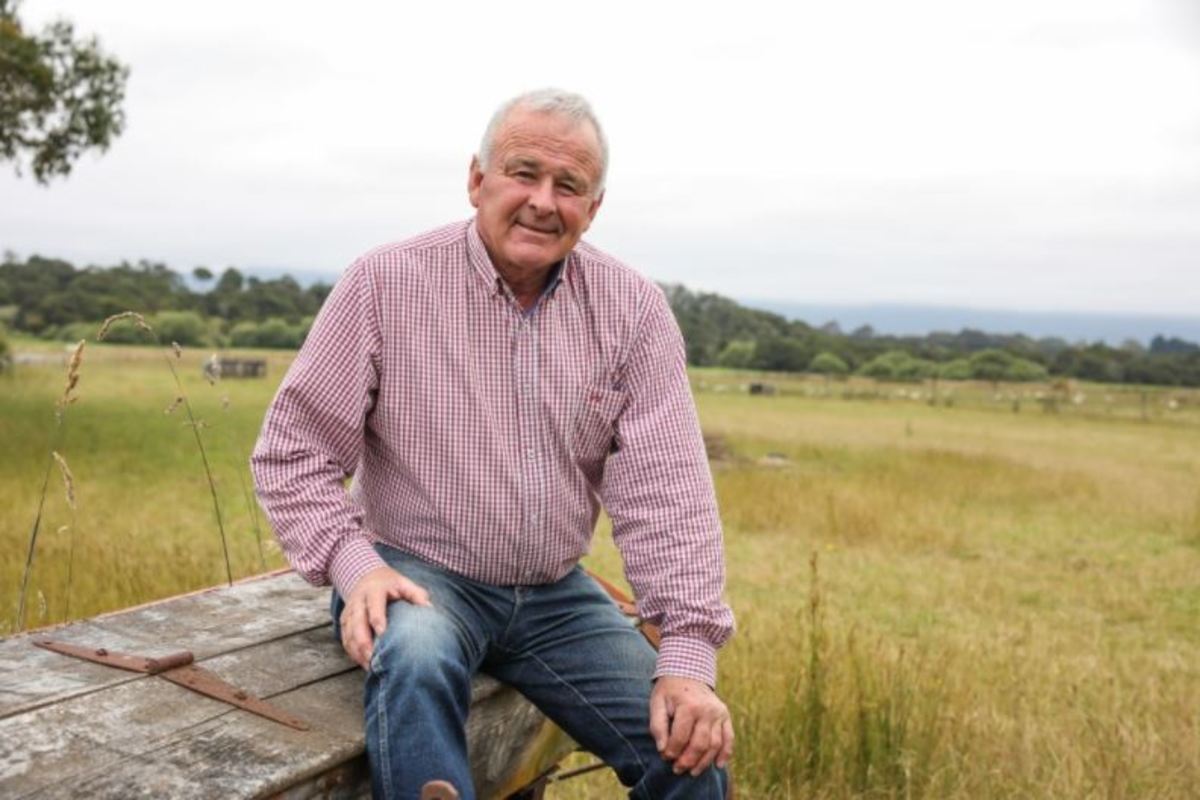More rates increases on the horizon
Paul Taylor
29 April 2021, 3:18 AM
 Environment Southland chair Nicol Horrell
Environment Southland chair Nicol HorrellSouthland's regional council is proposing either a 20% or 16% rates rise in 2022.
The council - branded Environment Southland - is responsible for environmental management, including freshwater management, land management, marine activities, pest control and climate resilience.
Its draft long-term plan, covering the next 10 years, will go before councillors on Monday, May 3. The public will be able to have their say from Tuesday.
And with major environmental issues facing the region, the council intends to increase the amount of money it draws from ratepayers and also take on debt.
It proposes two options, either a 20% or a 16% increases 2022. Rates would then increase by 5% each year for the next three years and 4% thereafter until 2031.
For a $320,00 home in Invercargill for example, option one would mean paying $269 per year, up $63. Option two would be $259 per year, up $53 (see other examples below).
ES chairman Nicol Horrell says: "The biggest challenges ahead of us are to deliver on what our communities and the government are asking of us, especially with regard to freshwater quality and climate change.
"Development in the region has led to a decline in freshwater leading to poor ecosystem health, particularly in our lower catchments and estuaries, and many waterways that are unsafe for people to enjoy and drink from.
"The unpredictability of climate change impacts means we have to increase the resilience of our communities so we are prepared for unexpected events."
The council funds its activities from a variety of sources including dividends from its majority shareholding in South Port, financial investment, fees, charges, levies and rates.
But during the past 18 months, it has had a significant reduction in income, while its workload has increased due to Government requirements, particularly with regards to freshwater initiatives.
That's made developing a balanced budget "a very difficult task", Horrell says.
It is forecast to spend $500,000 more than its budget for the 2020-21 financial year. That's forecast to continue for another three years, even with the proposed rates increases.
Option one, the council's preferred option, would minimise the debt it needs to take on and enable quicker repayment of that debt, while option two means debt would be repaid over a longer period.
That's more risky because interest rates could rise, or other unexpected events, like last year's flooding, could happen, needing more debt.
Maximum debt under option one would be $7.5 million, all repaid by 2028, while it would be $10m under option two, repaid by 2031.
"While it is not normally prudent to manage council activity with a deficit, we accept taking on debt as a short-term option a necessity, rather than increase rates even further than proposed," Horrell says.
"The council has put in a lot of effort to come up with a balanced budget.
"We’ve been guided by some key principles including ensuring that everyday costs for services are met from everyday income.
"There were no easy decisions in these challenging times. Increasing people’s rates is always difficult and we’ve strived to strike a balance that will ensure we can continue to deliver the services Southlanders expect from us."
Both Invercargill City Council and Southland District Council have also proposed substantial rates increases for the coming years.
While the long-term plan, titled Tō tātou haerenga – Our journey, covers 2021-31, councils produce long-term plans every three years.
Environment Southland has outlined its priority work programmes:
WATER AND LAND
• Implementation of what is the Government’s most substantial change to freshwater management in a generation with further impacts expected from the Three Waters reform and the reform of the Resource Management Act.
The Government’s Essential Freshwater package introduces new rules and regulations to stop further degradation of New Zealand’s freshwater resources and to improve water quality within five years, as well as reverse past damage and bring freshwater resources, waterbodies and ecosystems to a healthy state within a generation.
The package provides a framework to achieve the environmental outcomes our communities want. Their implementation requires an increase in the volume of work, resourcing and costs to meet the targets. This has implications across the Council, especially within our planning environment, our consents area and in the compliance space.
CLIMATE RESILIENCE
• The completion of our shovel ready projects. As a result of Covid-19, we were successful in securing funding from the Government’s economic stimulus package for flood defence resilience projects, which the Council consulted on late last year. The Government pays 75% of the cost of these projects and the Council needs to contribute 25% or $4.8 million, which, because it was unexpected, was not budgeted for.
The funding means Southland’s flood defences can improve the resilience of our communities, years sooner than we would have been able to without it.
INNOVATION
• Upgrades to our systems. It’s clear, we need to upgrade our technology to focus on higher priority work. With the increased requirements of the National Environmental Standards for Freshwater Management, we need to make changes to our technology now. We are going to see in an increase in consents required and expect further demands on our monitoring and compliance.
We also need to ensure the large volume of data we collect is managed in a way that assists us and the community to make good decisions.
COASTAL MARINE
• Continuing our marine activities including harbour master, coastal planning and marine biosecurity. In the past, this has largely been funded by marine fee income from cruise ship visits, amounting to $2.8 annually. However, this was lost due to Covid-19 and it is very unclear when and to what extent the cruise industry will return. We cannot bank on it.
Rates examples:





ACCOMMODATION


